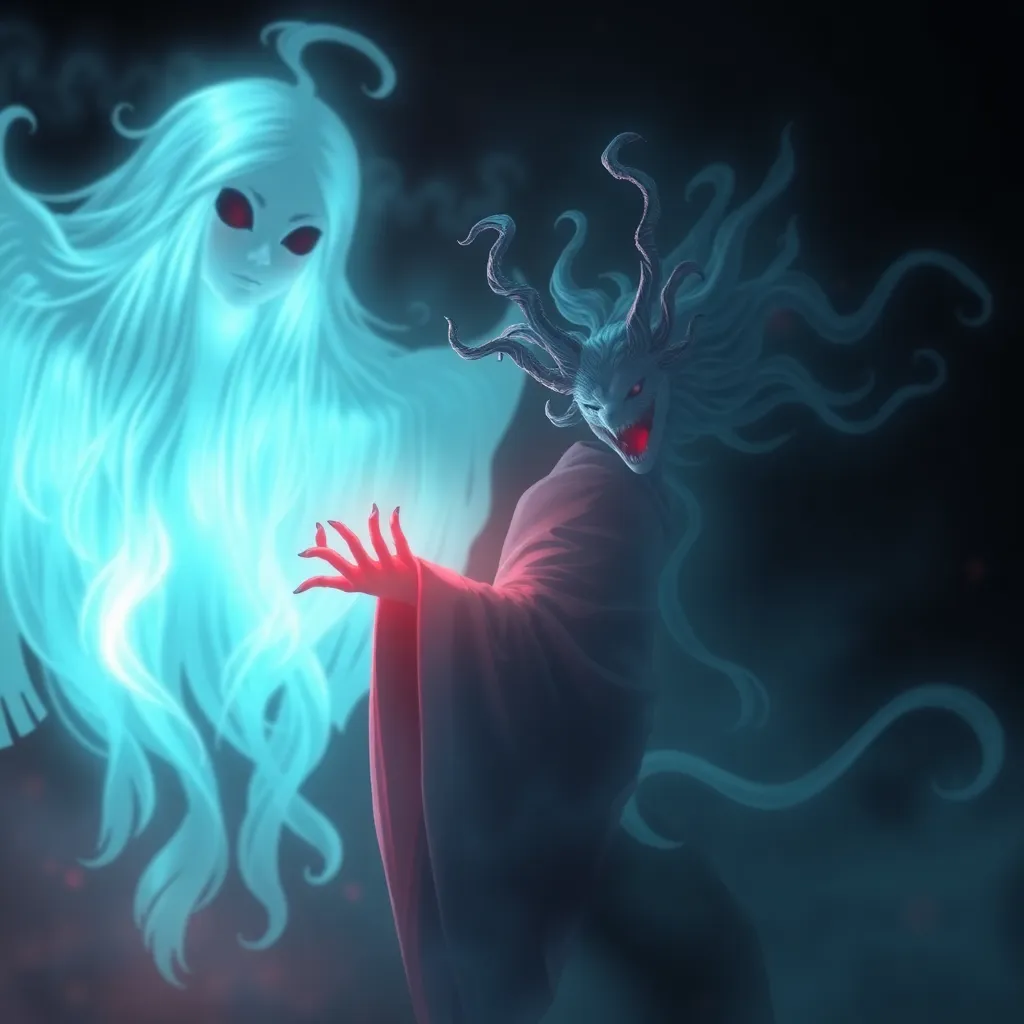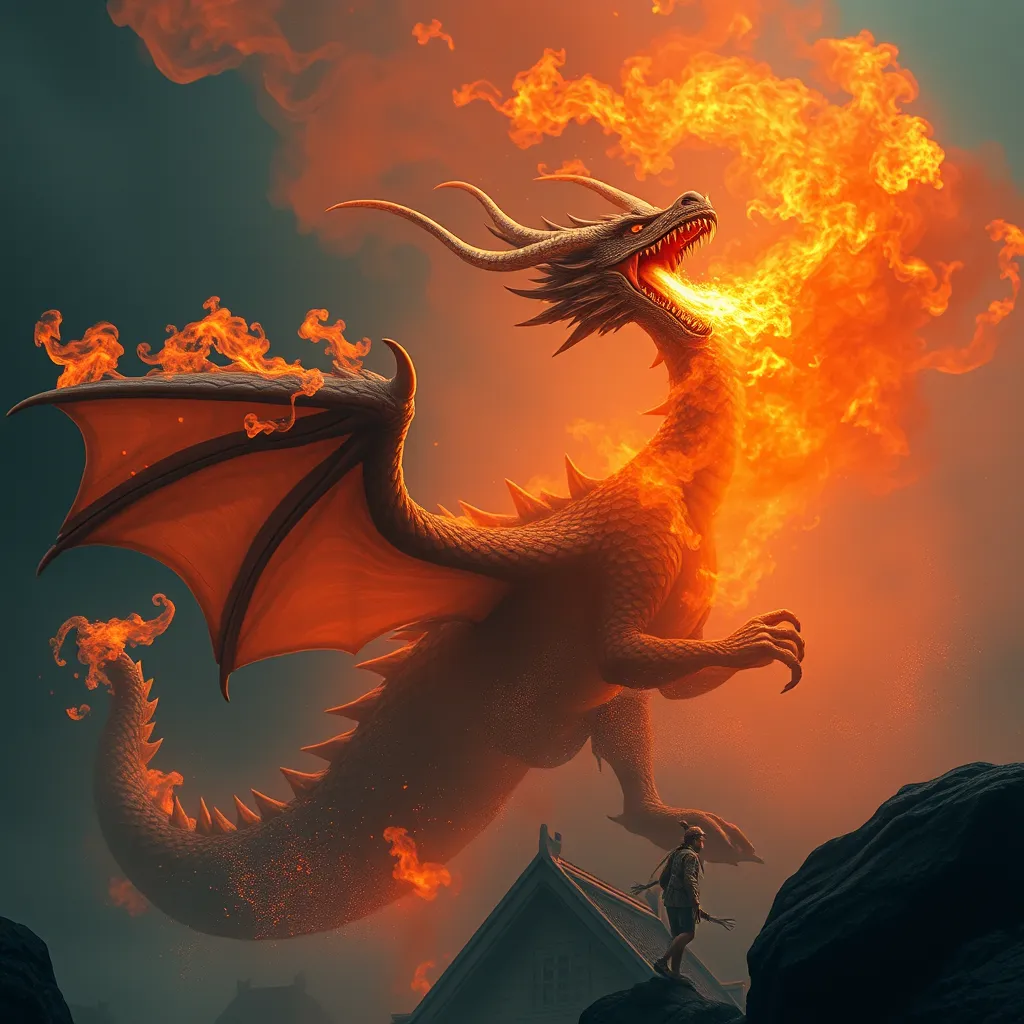The Ghosts of the Living: Exploring the Role of Yurei in Japanese Folklore
I. Introduction to Yurei
In Japanese folklore, the concept of Yurei refers to the spirits of the dead, often portrayed as restless and sorrowful entities. The term “Yurei” is derived from the Japanese words “yū” (meaning “faint” or “dim”) and “rei” (meaning “spirit” or “soul”). These spirits occupy a unique space in Japanese culture, embodying the fears and hopes of the living while serving as a bridge between life and death.
The significance of Yurei extends beyond mere superstition; they are deeply interwoven into the cultural fabric of Japan. They reflect societal attitudes towards death, the afterlife, and the importance of ancestral connections. Their stories have been transmitted through generations, evolving with the culture they inhabit.
II. Historical Context of Yurei
The origins of Yurei can be traced back to ancient Japanese spirituality, particularly within the frameworks of Shinto and Buddhism. In Shinto, the belief in spirits or kami (gods) emphasizes a connection between the natural world and the spiritual realm. Yurei emerged as a way to explain the unrest of souls who had died in tragic circumstances or had unresolved issues.
As Japan transitioned through various historical periods—from the Heian to the Edo period—the portrayal and understanding of Yurei evolved. For instance, during the Edo period, urbanization and the rise of the merchant class led to a proliferation of Yurei tales, often incorporated into popular entertainment such as kabuki theater.
III. Characteristics and Types of Yurei
Yurei are typically characterized by several common traits:
- Appearance: Yurei are often depicted as having long, unkempt hair, white funeral garments, and a translucent, ethereal quality.
- Behavior: They are usually portrayed as wandering souls, expressing feelings of sadness, anger, or longing.
- Physical Presence: Yurei are said to be unable to interact with the physical world in a typical way, often appearing as wisps or shadows.
There are also different types of Yurei, each associated with specific characteristics and stories:
- Onryo: These are vengeful spirits, often women who have suffered injustice in life and seek revenge on the living.
- Funayūrei: These spirits are tied to the sea, typically representing those who have died at sea or in maritime accidents.
- Shōjō: A type of Yurei characterized by their beautiful singing, often associated with water bodies.
IV. The Role of Yurei in Japanese Literature and Art
Yurei have played a significant role in Japanese literature and performing arts. In classical literature, such as kabuki and Noh plays, Yurei are central figures that explore themes of love, loss, and revenge. One of the most famous kabuki plays, “Banchō Sarayashiki,” tells the story of an onryo seeking vengeance for her unjust death.
Additionally, Yurei have profoundly influenced visual arts, particularly in ukiyo-e prints. Artists like Utagawa Kuniyoshi depicted Yurei in haunting and beautiful ways, capturing their essence and the emotions associated with their stories. These prints not only served as a form of entertainment but also as a means of conveying moral lessons about the consequences of one’s actions in life.
V. Yurei and the Concept of Ancestral Worship
In Japanese culture, the connection to ancestors is vital, and Yurei are often viewed as the spirits of those who have passed on. This relationship underscores the importance of ancestor veneration, where families honor their deceased relatives through various rituals and practices.
Rituals associated with Yurei include:
- Offering food, incense, and flowers at family altars.
- Conducting memorial services, particularly during the Obon festival when it is believed that the spirits of ancestors return to visit the living.
- Performing purification rituals to appease restless spirits and ensure peace for the deceased.
VI. Modern Interpretations of Yurei
In contemporary media, Yurei continue to captivate audiences, appearing in various forms such as films, anime, and video games. Movies like “Ringu” and “The Grudge” popularized the image of the Yurei on a global scale, showcasing their haunting nature and complex backstories.
Additionally, Yurei have been adapted into global pop culture, influencing horror genres around the world. Their ethereal qualities and tragic narratives resonate with universal themes of loss and revenge, making them relatable figures in horror storytelling.
VII. Psychological and Sociocultural Implications
The belief in Yurei serves as a reflection of societal fears and traumas. Yurei can symbolize unresolved issues, societal injustices, and personal grief. They are narratives that encapsulate the struggles of individuals and communities facing change, loss, and uncertainty.
The psychological impact of Yurei beliefs can also manifest in:
- Fear of the unknown and the afterlife.
- Expressions of grief and mourning in culturally appropriate ways.
- Community bonding through shared stories and rituals related to Yurei.
VIII. Conclusion
In summary, Yurei remain an enduring legacy in Japanese folklore, encapsulating the complexities of life, death, and the human experience. Their significance transcends time, presenting not only a narrative of ghosts but also a deep-rooted connection to cultural identity and ancestral worship.
As society continues to evolve, the relevance of Yurei in today’s culture reflects ongoing concerns about loss, justice, and the afterlife. The stories of Yurei remind us of the fragility of life and the importance of honoring those who came before us, ensuring that their memories and lessons remain alive in our collective consciousness.




